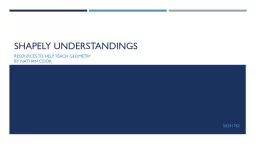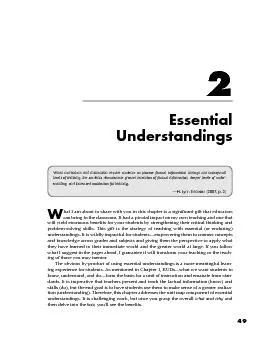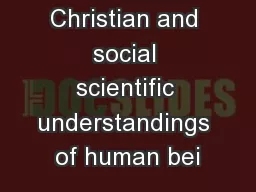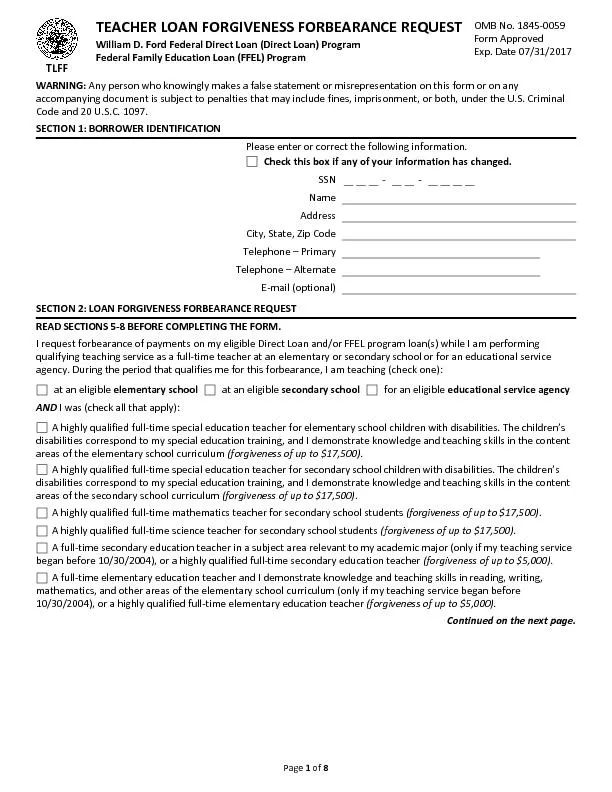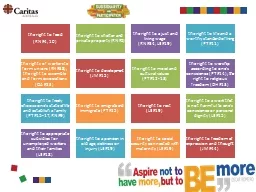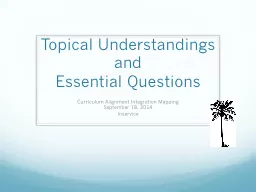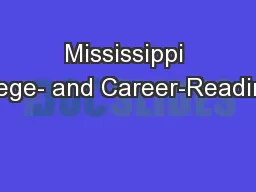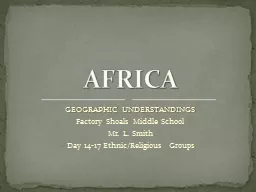PPT-Shapely understandings
Author : cheryl-pisano | Published Date : 2016-07-11
Resources to help teach geometry By Nathan Cook EDCU11022 Numeracy in Action S0241762 Geometry Why is it important Geometrical understanding has many real world
Presentation Embed Code
Download Presentation
Download Presentation The PPT/PDF document "Shapely understandings" is the property of its rightful owner. Permission is granted to download and print the materials on this website for personal, non-commercial use only, and to display it on your personal computer provided you do not modify the materials and that you retain all copyright notices contained in the materials. By downloading content from our website, you accept the terms of this agreement.
Shapely understandings: Transcript
Download Rules Of Document
"Shapely understandings"The content belongs to its owner. You may download and print it for personal use, without modification, and keep all copyright notices. By downloading, you agree to these terms.
Related Documents

